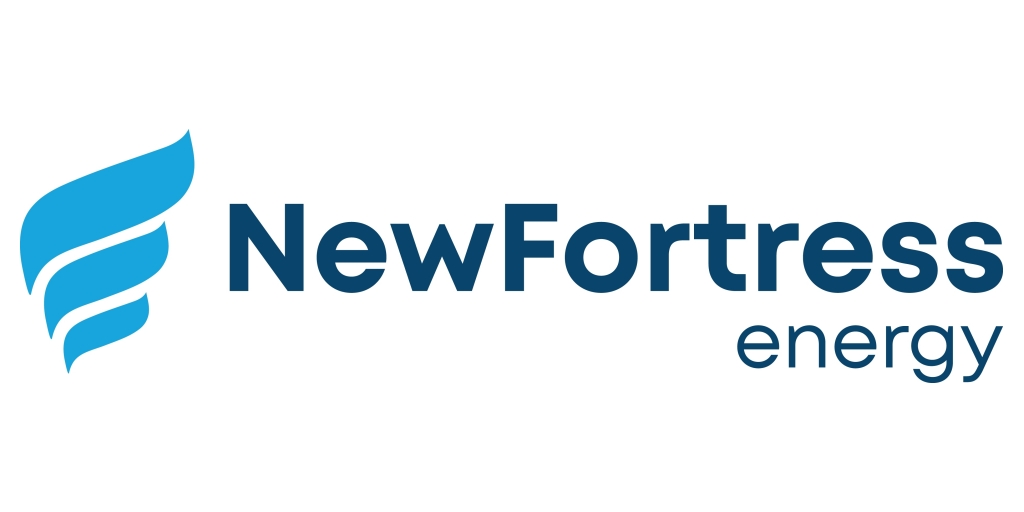Support CleanTechnica’s work through a Substack subscription or on Stripe.
Honeywell recently announced its new Ionic™ Modular All-in-One battery energy storage system (BESS) designed for the commercial and industrial segments. Honeywell has a global workforce with approximately 100,000 employees and it serves a broad range of industries.
The company does work in energy storage, and in one of its articles on Honeywell.com, it explains, “Rising temperatures and severe weather events pose challenges but also highlight the urgent need to modernize and strengthen aging energy grid infrastructure. Power outages from storms, wildfires and other natural disasters in the United States have increased by nearly 75% over the last decade [ii]. In 2023, the United States alone saw 28 weather and climate-related disasters that cost more than $1 billion – a new record, with a total loss of $92.9 billion, [iii] according to the National Centers for Environmental Information.”
Sarang Gadre, GM Battery Energy Storage at Honeywell Process Solutions, answered some questions for CleanTechnica on these matters.
What is the Ionic™ Modular All-in-One with Control and Energy Management?
The Honeywell Ionic™ Modular All-in-One is a compact, end-to-end battery energy storage system (BESS). It integrates Honeywell’s advanced fire safety, cybersecure controls and energy management software, and remote connectivity with modular lithium-ion battery storage. The system provides improved energy density, a three-layer battery management system (BMS) for performance insights, liquid cooling to extend battery life, and a 1500VDC stack to maximize power conversion efficiency.
Who is it intended for?
It is designed for commercial and industrial customers, independent power producers, and utilities that want to optimize energy costs, improve reliability, and support sustainability goals.
What is the battery chemistry?
The system is built using lithium-ion (LFP) cells. It also has a configurable design to accommodate future advances in battery chemistry, which helps mitigate supply chain risks.
What is the cost of the system?
Honeywell is committed to creating value for our customers by providing cost-competitive solutions that meet their needs. The Honeywell Ionic™ Modular All-in-One solution is not only a highly cost competitive solution but also offers Honeywell’s unique differentiators which are not available on any other product in the market today.
How long does it take to implement and make operational?
Our system is intended for swift execution, including remote commissioning and quick installation times. A combination of Honeywell Ionic™ Modular All-in-One systems can be installed and commissioned in as little as few days.
What are the benefits of using it?
The Honeywell Ionic™ Modular All-in-One helps businesses optimize energy costs without affecting production, while also providing backup power during outages or periods of peak pricing. It improves uptime and reliability and makes it easier to integrate renewable sources like solar and wind. The system supports corporate sustainability goals by reducing carbon footprint and is scalable from 250 kWh up to 5 MWh, making it flexible for a wide range of operations. It also enables participation in energy markets, offers advanced ISA Secure 2 cybersecurity to protect networks, and uses liquid cooling to extend battery life and efficiency.
What is the warranty?
Honeywell offers standard 3 years warranty on the product, with the option to extend it up to 5, 10 or 15 years.
Does the system have its own analytics dashboard and reporting?
Yes. Our system comes fully integrated with controls and energy management software including advanced analytic tools for performance monitoring, reporting, optimization, and customization. The three-layer Battery Management System (BMS) also provides cell-level, module level and rack level insights.
How long does the system last?
The system is designed to last up to 20 years with proper maintenance and service.
Can it be paired with solar power or wind power?
Yes. Our system is designed to work not only with renewable assets such as wind and solar but also with traditional assets such as gas turbines and diesel generators.
 Sign up for CleanTechnica’s Weekly Substack for Zach and Scott’s in-depth analyses and high level summaries, sign up for our daily newsletter, and follow us on Google News!
Sign up for CleanTechnica’s Weekly Substack for Zach and Scott’s in-depth analyses and high level summaries, sign up for our daily newsletter, and follow us on Google News!
Have a tip for CleanTechnica? Want to advertise? Want to suggest a guest for our CleanTech Talk podcast? Contact us here.
Sign up for our daily newsletter for 15 new cleantech stories a day. Or sign up for our weekly one on top stories of the week if daily is too frequent.
CleanTechnica uses affiliate links. See our policy here.
CleanTechnica’s Comment Policy





